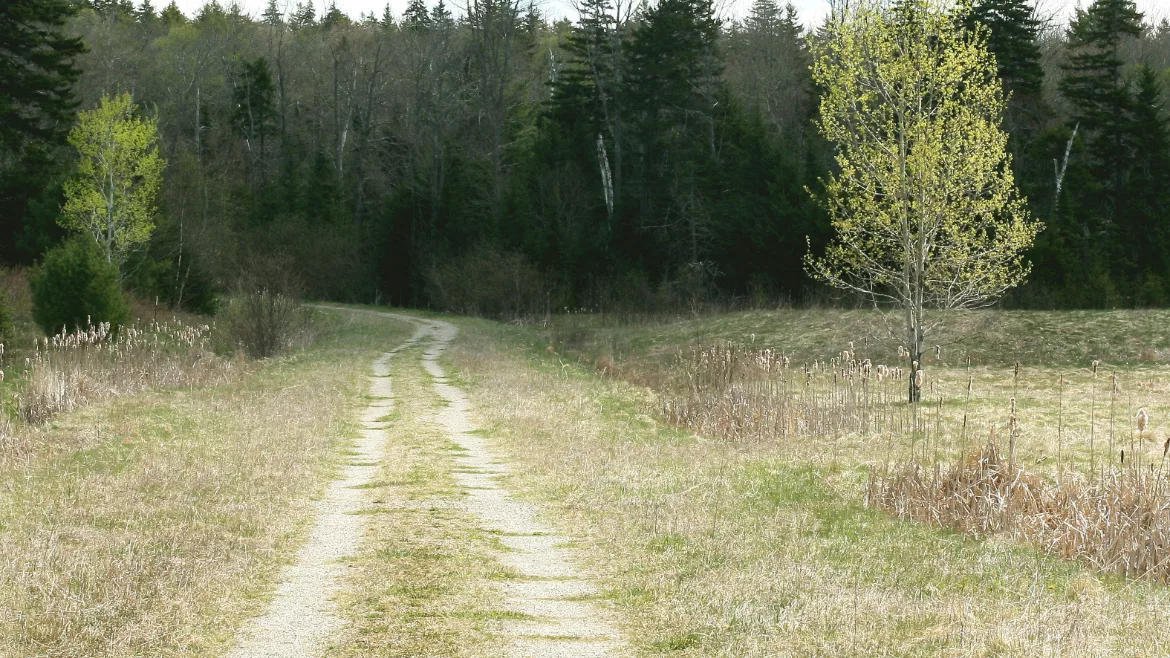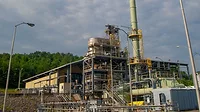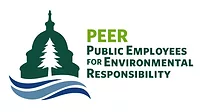PEER: Maine poised to repeat eco-mistakes on Sears Island
Prior wetland violations haunt plans to develop a new wind-farm port

The State of Maine’s plan to develop Sears Island into a logistical hub for future floating offshore wind facilities faces the same legal constraints that thwarted a state effort in the 1990s to transform one of the largest undeveloped islands remaining on the Eastern Seaboard into a marine terminal, according to Public Employees for Environmental Responsibility (PEER). In fact, a 1996 federal consent decree won by the U.S. Environmental Protection Agency (EPA) against the Maine Department of Transportation (Maine DOT) for illegally destroying wetlands on Sears Island outlines the same environmental violations the state seems determined to commit again.
In November 1996, EPA and Maine DOT signed a federal court consent decree that “permanently enjoined” Maine DOT from destroying freshwater wetlands on Sears Island. The state paid $10,000 in civil penalties plus another $700,000 in environmental mitigation.
“Maine’s effort to develop Sears Island 30 years ago ran into a buzz saw of legal obstacles that largely remain today,” stated New England PEER Director Kyla Bennett, an attorney and scientist formerly with EPA who was part of this 1996 enforcement action. “If anything, the adverse ecological impacts facing Maine today are even worse given the incredible wetlands losses suffered over the past three decades.”
In addition, Maine’s recent emergency approval to set aside coastal sand dunes legal protections on Sears Island appears to violate federal regulations forbidding projects in the planning process for review under the National Environmental Policy Act from making any “decisions or new commitments of resources… that would either have an adverse impact on the environment or limit the choice of reasonable alternative sites.”
A feasible alternative site for a wind farm hub is Mack Point, a current logistical facility with expansion capacity and a tie-in to the existing rail system. Mack Point is just across the cove from Sears Island, and development there would avoid intact habitat destruction. Indeed, Maine DOT and its consultants concede the proposed offshore wind facility could be built at nearby Mack Point.
“Combatting climate change does not require paving over Sears Island – which appears to be Maine DOT’s obsession,” Bennett added, noting the conclusion from the Intergovernmental Panel on Climate Change’s latest report that reducing conversion of intact ecosystems is far better at combatting climate change than building new wind farms. “Green energy projects are critically important, but they must be sited in places that don’t result in even more environmental damage.”
Currently, Sears Island is a recreation hub for Penobscot Bay as a popular destination for hiking, biking, fishing, birdwatching, and boating, as well as snowshoeing, cross-country skiing, and other seasonal activities, attracting thousands of visitors each year.
See the 1996 federal consent order


.webp?height=200&t=1720617285&width=200)
